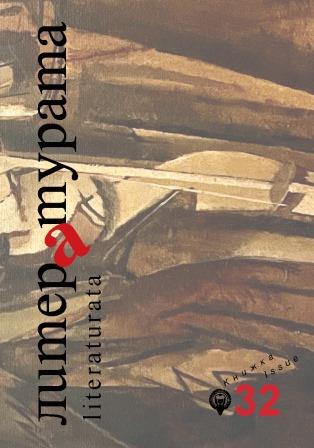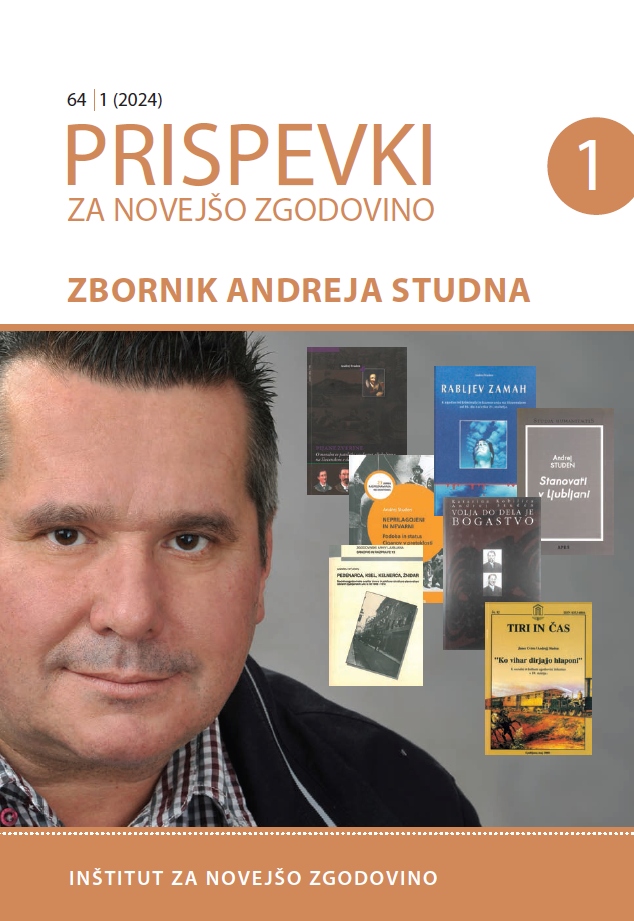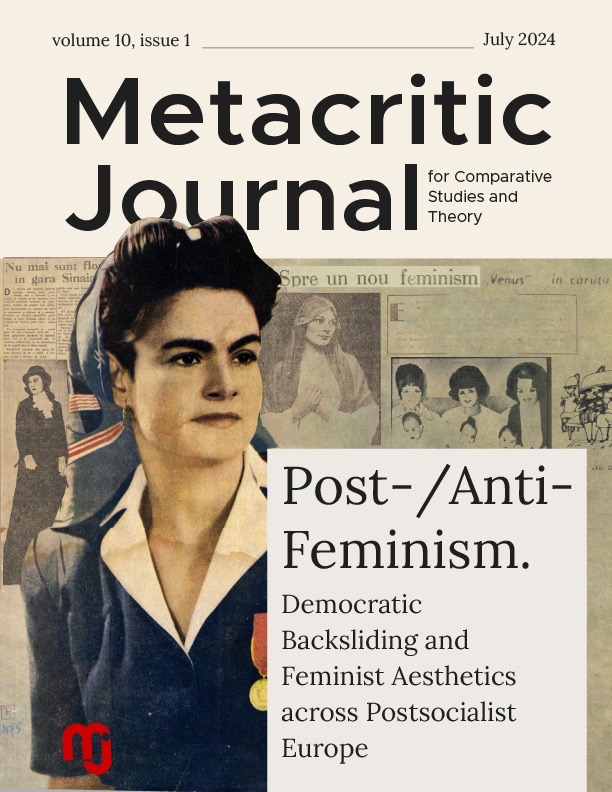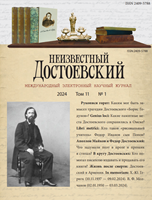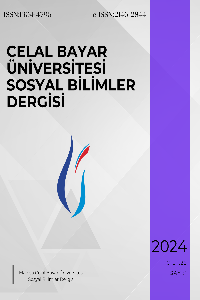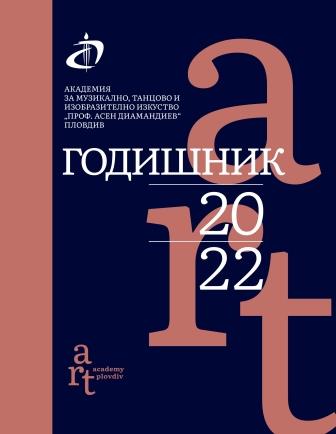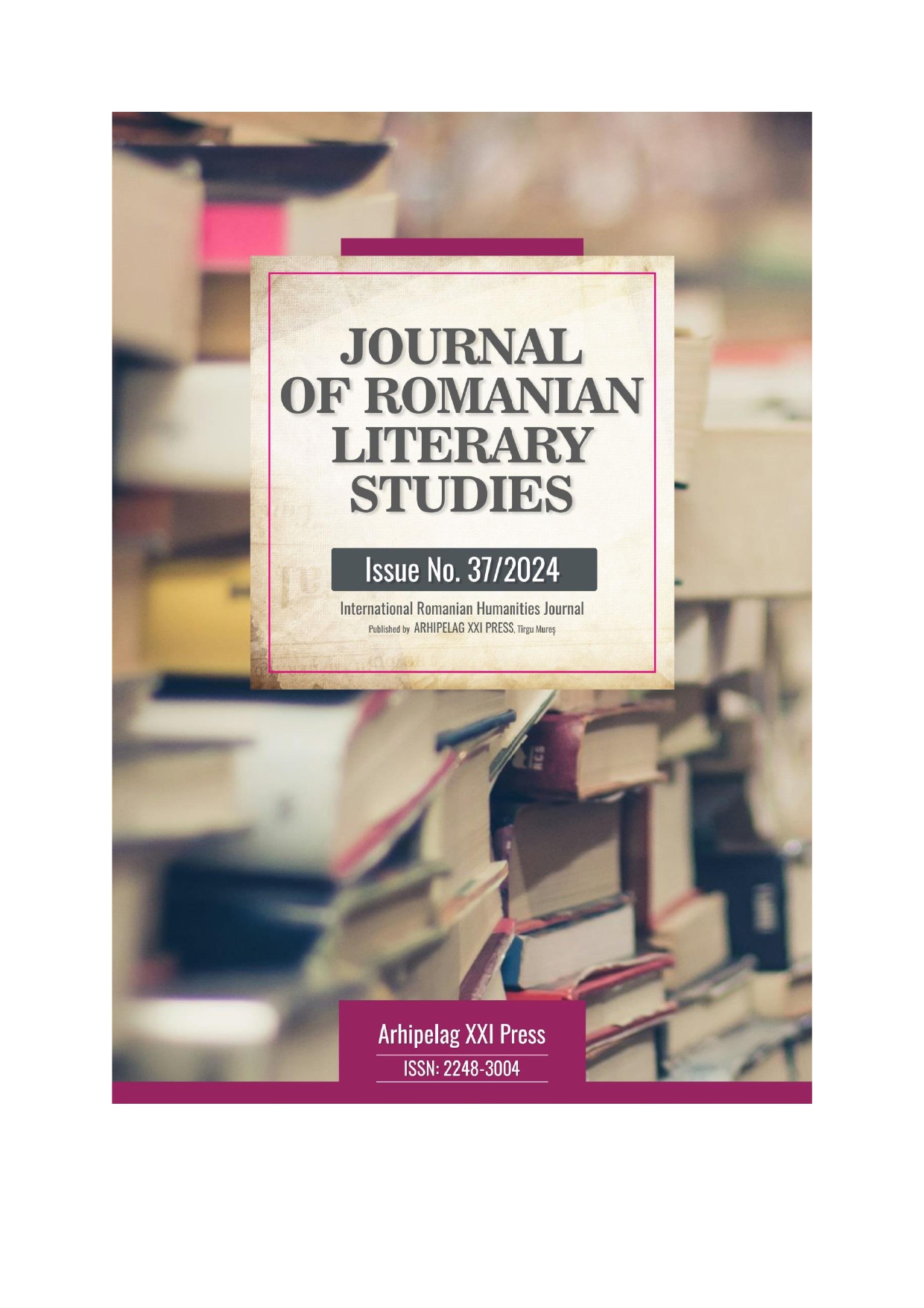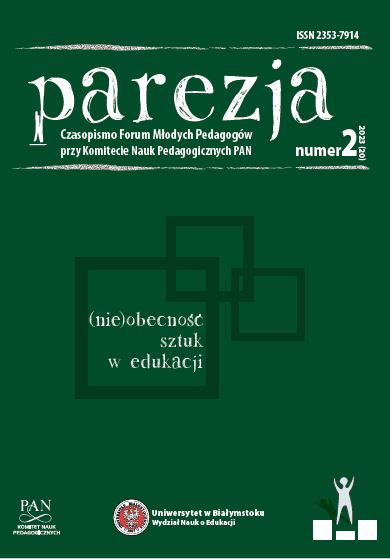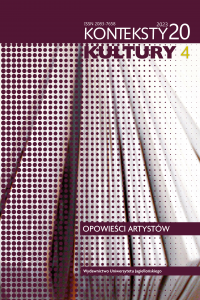
Proces twórczy w improwizacji teatralnej z perspektywy retorycznej
The research subject is the creative process in improvisational theatre. Contemporary improvisational theatre (improv) is a form of theatre in which all or part of what is performed is created spontaneously in front of the audience, without a script or a plan. The plot, dialogues and characters are shaped and acted out simultaneously during the performance. The research focuses on the mechanisms of creating text in front of an audience. The preparation for the analysis were the questionnaire interviews with artists representing three theatre groups, who presented their own intuitions regarding creative invention. Their answers influenced the choice of research methods. To reconstruct the creative process, a critical-rhetorical perspective was adopted (rhetoric is understood here as a generative-inventive method) in its three versions: classical, pentadic and cluster criticism. The analysis included material from the Hurt Luster group’s theatre performance, which was recorded and transcribed. To illustrate the creative process in improv, the article presents an analysis of one scene in order to focus on the process of complex creative motivations of the improvisers. The triangulation of critical and rhetorical methods allowed for an analytical view of the same fragment of the performance, distinguishing in it (1) the cause-and-effect consequences of the creative process, (2) reconstruction of the dramatic situation and (3) reconstruction of associations that had a maieutic function, provoking reactions to verbal and gestural stimuli.
More...
